I learned about this course through taking Mammalogy with Professor May-Collado last semester, and was intrigued by such a unique opportunity. It sounded like the perfect way to get involved with undergraduate research, analyze unique and important data, and gain valuable data analysis, scientific writing, and presentation skills. I had worked with pantropical spotted dolphin data for a mammalogy project, so I had already been exposed to the Raven Pro software and some of the work being done in Laura’s lab. After learning about this course, however, I was eager to gain more exposure to acoustic technology and soundscape research. I knew it was going to be a challenge, since I had no previous exposure to undergraduate research, and being in the middle of pandemic certainly was not going to help, but I was eager to get started.
As it turns out, the pandemic presented a unique research opportunity to explore the extent of human activity on many different aspects of the natural world. As we learned firsthand this semester, soundscape analysis was a particularly valuable resource in determining the effects of anthropogenic noise on aquatic ecosystems. I decided to focus my research on the Bocon Toadfish in Almirante Bay, Panama. The bay was an ideal study site because it usually experiences regular boat traffic between 6 am and 6 pm, but due to COVID there was significantly less travel. I obtained the sound recordings from Arbimon RFCx from five days before the pandemic started and 5 days after quarantining began towards the height of the pandemic. This process was my first real exposure gathering and analyzing scientific data, and I definitely made some mistakes along the way, but I was always able to ask Dr. May-Collado and her amazing grad students, Emma and Maia, for guidance. In the end, I found that toadfish calls during the pandemic exhibited much greater variation, especially in the afternoons when boat activity is usually at its peak. This indicates that they had a wider acoustic space to operate within, allowing for more diverse calls. This project was just one of many analyzing the effects of the pandemic on different marine species and ecosystems, thanks to the passive acoustic monitoring data Dr. May-Collado has been collecting for years. I feel so honored to have been able to take part in an experience like this and be one of the first people to tackle these findings. I was thoroughly challenged by this process, but the structure of the course and Laura’s deadlines helped make the production of my final manuscript manageable. I greatly look forward to being able to continue this research in the future, and would recommend this course to anyone interested in marine research!
As it turns out, the pandemic presented a unique research opportunity to explore the extent of human activity on many different aspects of the natural world. As we learned firsthand this semester, soundscape analysis was a particularly valuable resource in determining the effects of anthropogenic noise on aquatic ecosystems. I decided to focus my research on the Bocon Toadfish in Almirante Bay, Panama. The bay was an ideal study site because it usually experiences regular boat traffic between 6 am and 6 pm, but due to COVID there was significantly less travel. I obtained the sound recordings from Arbimon RFCx from five days before the pandemic started and 5 days after quarantining began towards the height of the pandemic. This process was my first real exposure gathering and analyzing scientific data, and I definitely made some mistakes along the way, but I was always able to ask Dr. May-Collado and her amazing grad students, Emma and Maia, for guidance. In the end, I found that toadfish calls during the pandemic exhibited much greater variation, especially in the afternoons when boat activity is usually at its peak. This indicates that they had a wider acoustic space to operate within, allowing for more diverse calls. This project was just one of many analyzing the effects of the pandemic on different marine species and ecosystems, thanks to the passive acoustic monitoring data Dr. May-Collado has been collecting for years. I feel so honored to have been able to take part in an experience like this and be one of the first people to tackle these findings. I was thoroughly challenged by this process, but the structure of the course and Laura’s deadlines helped make the production of my final manuscript manageable. I greatly look forward to being able to continue this research in the future, and would recommend this course to anyone interested in marine research!
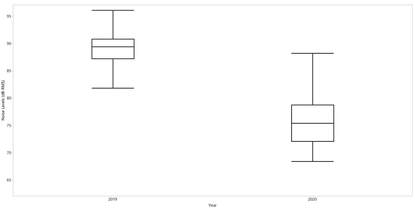
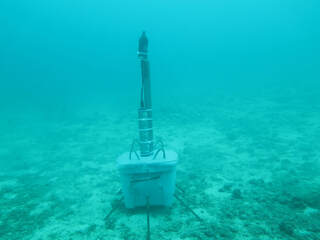
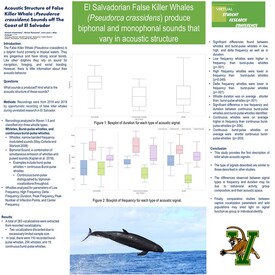
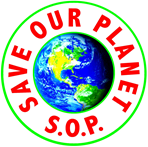
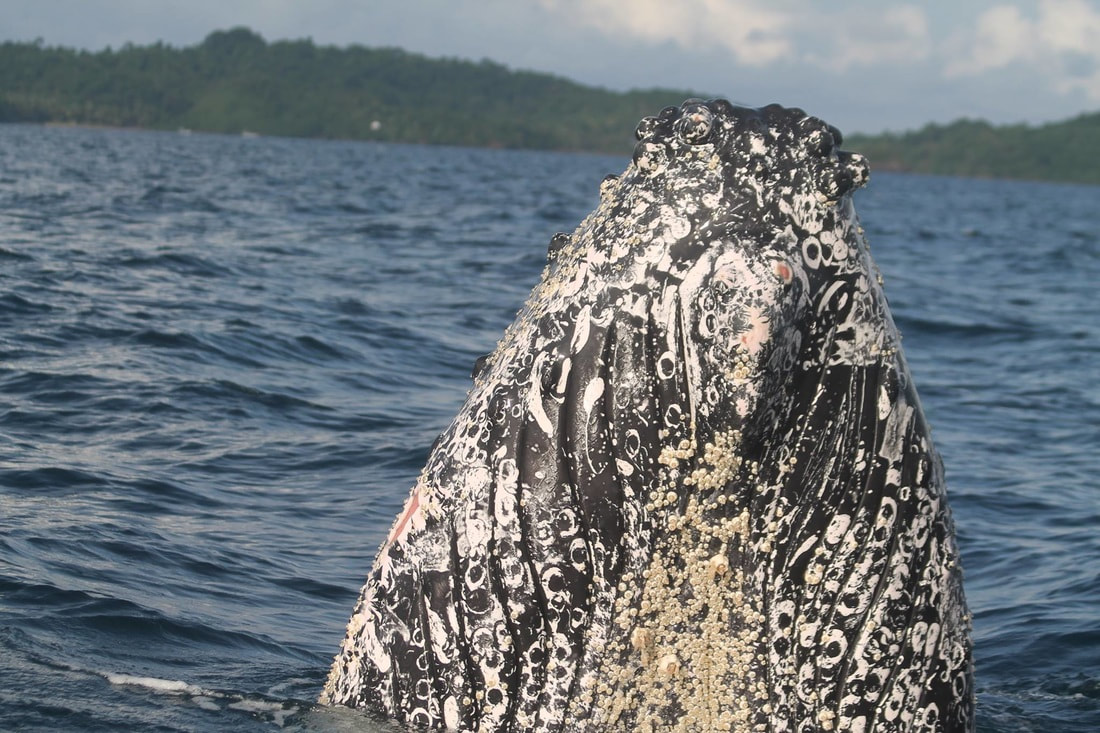
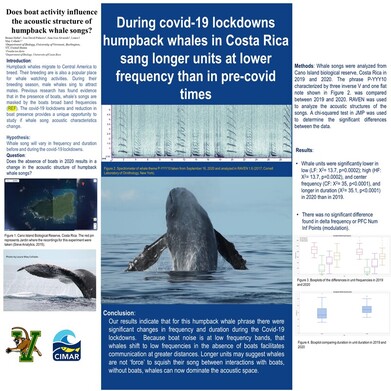
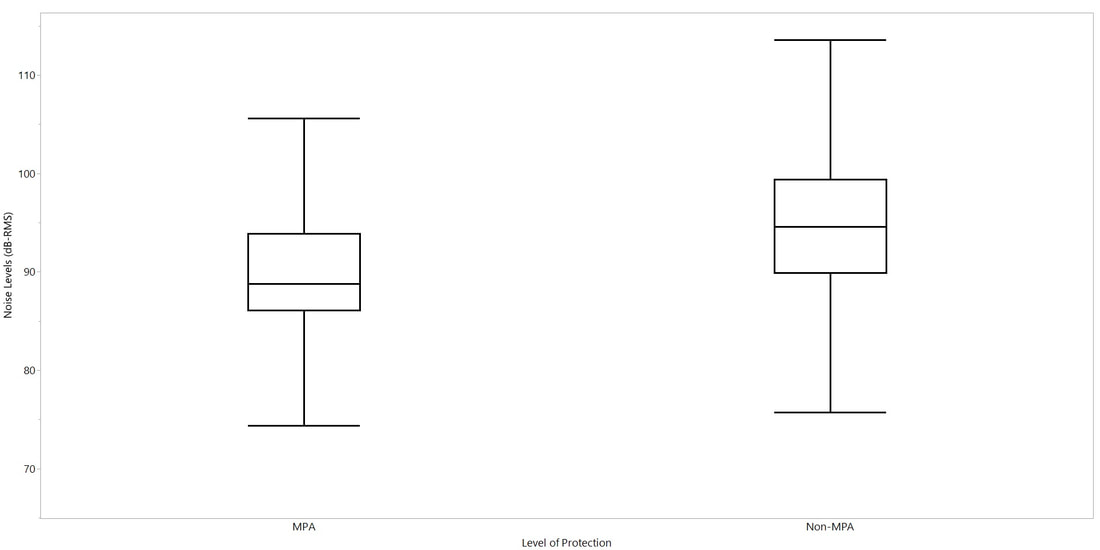
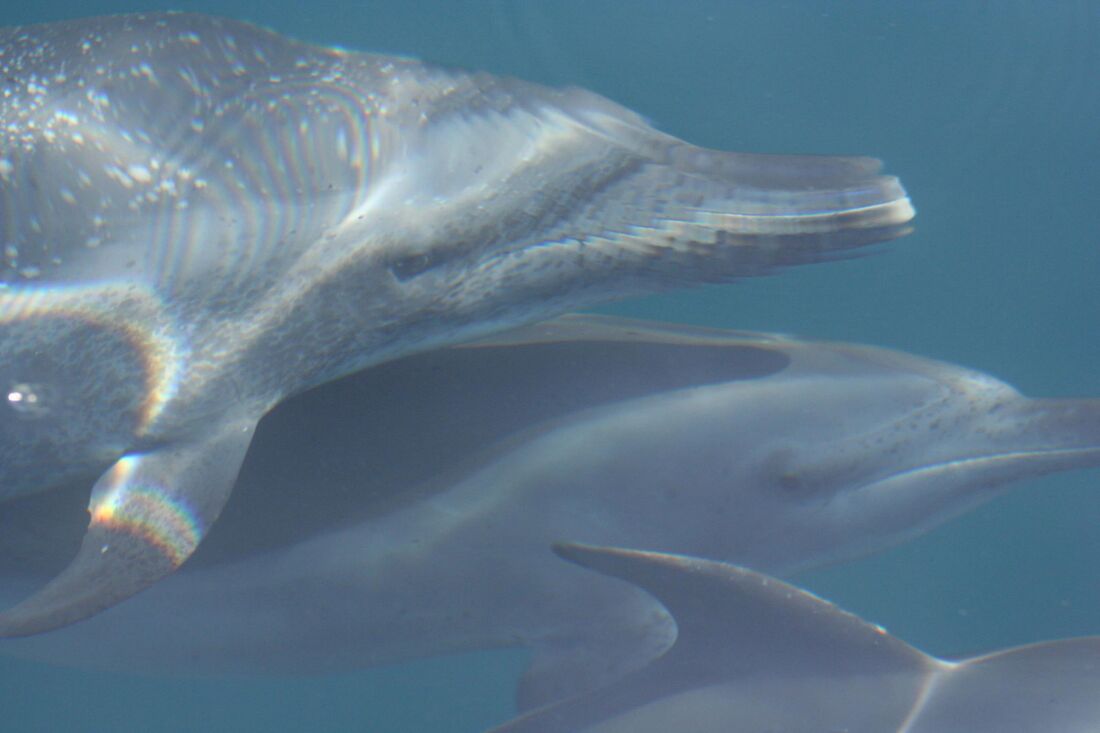
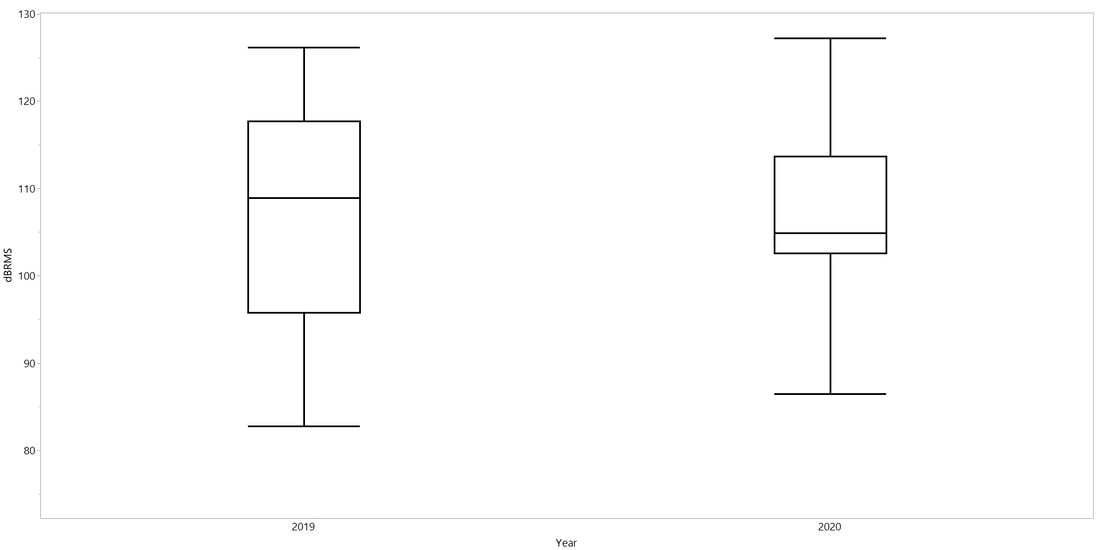
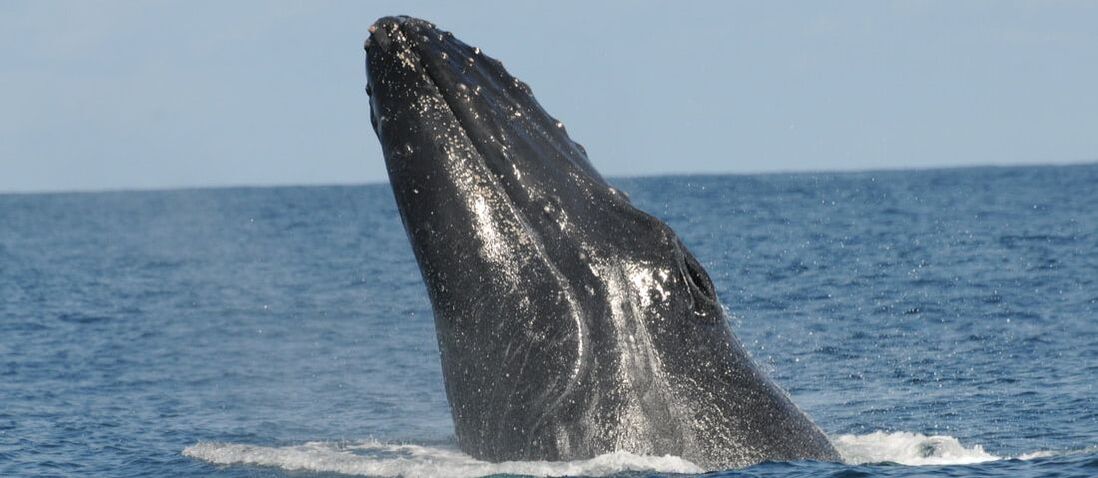
 RSS Feed
RSS Feed
